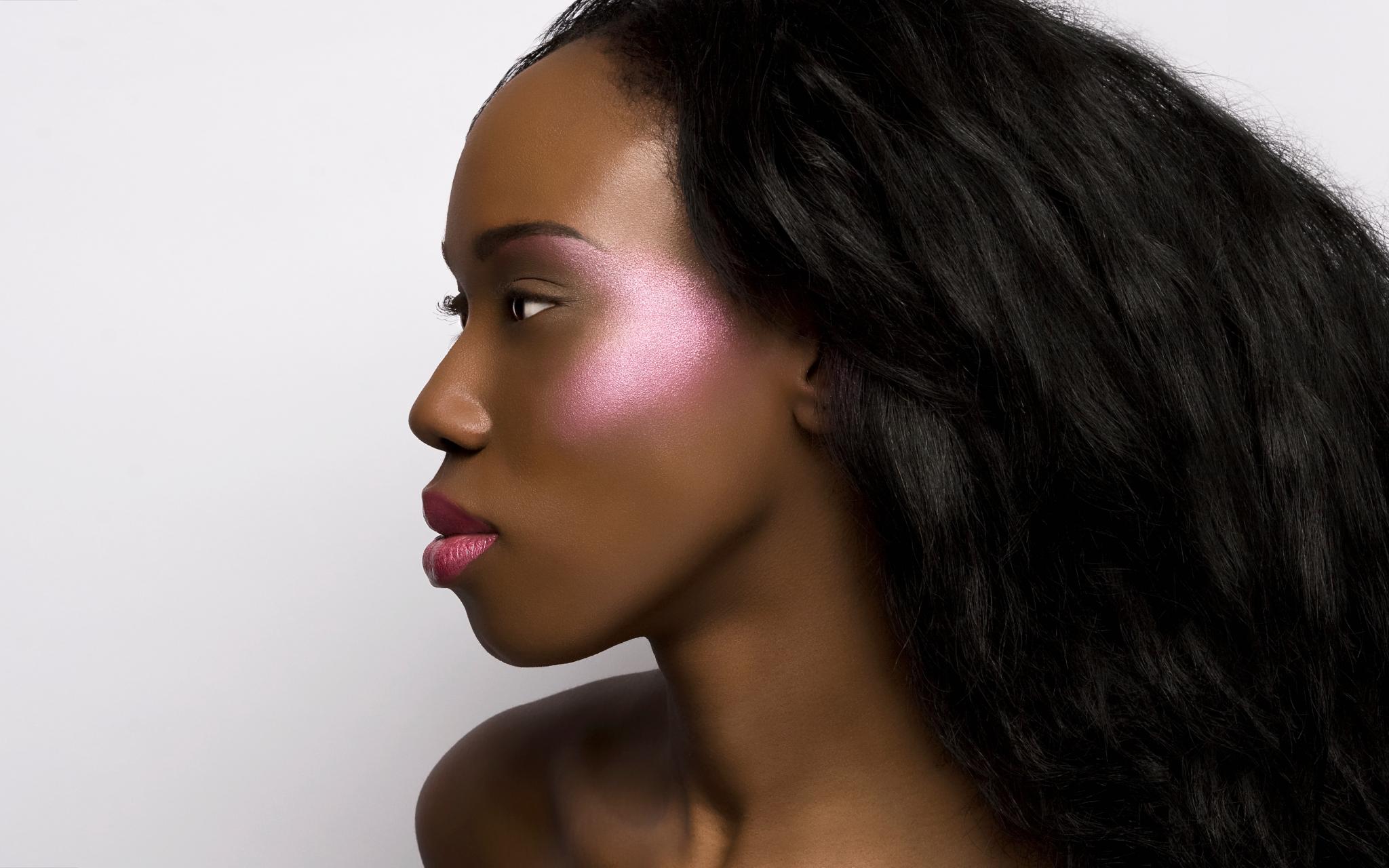According to Dr. Singh, allergic contact dermatitis (otherwise known as an allergic response developed by contact with a substance) to lace front weaves are caused by the adhesives and glues that are used to adhere the wigs to the scalp. “This prolonged contact from the glues and adhesives to the scalp skin can lead to the skin becoming sensitized to the allergens in the adhesives,” she says. “I would estimate that allergic contact dermatitis to adhesives can occur in about 20 percent of users with prolonged contact.”
Dr. Singh believes the best way to determine if you will have an allergic reaction is to perform a use test. First, apply the glue or adhesive to your forearm and keep it covered for three days. “If there is a red, raised area once the materials have been removed, then you have a contact allergy to the chemicals in the glue or adhesive,” she says. “But bare in mind that just because your test is negative, doesn’t mean you can’t eventually develop an allergy overtime.”
If you don’t have a reaction, hair expert Nadia Vassell suggests wearers “maintain a weekly or biweekly shampoo and conditioning regimen and make sure that your hair is dry thoroughly,” she says. Typically her clients sit under the dryer for a total of 90 minutes. She also suggests getting a new weave installation every three months.
If you have a strange reaction to wearing a lace front weave or wig, it’s important to stop using that particular product and see a dermatologist. “If you are allergic to glues and adhesives from weaves and wigs, you may also be allergic to adhesives in other products, such as bandaids,” says Dr. Sigh. “Therefore, the dermatologist may recommend more formal allergy testing, termed patch testing.”
So what’s the solution if you have a reaction but you can’t quite give up the look? Vassell suggests avoiding glue completely and try other ways to attach a lace front, like tape, sewing it, or just placed on the head. “I’ve dealt with clients with cases of hair loss around the front hairline,” she says. “I’m not an advocate for gluing or taping of a lace unit. If either the glue or the tape are not removed with the proper solution then the client will see some hair loss.”




